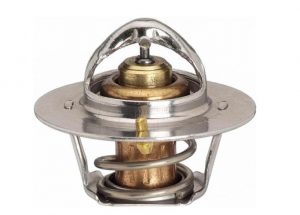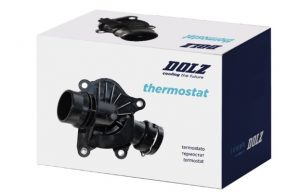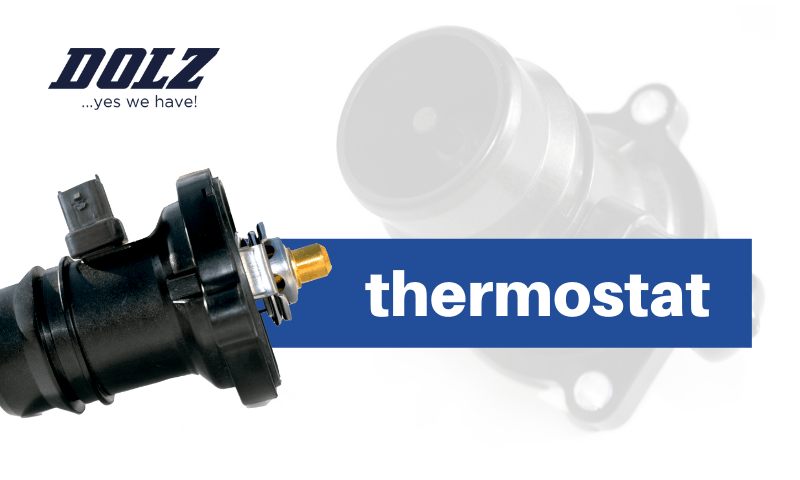A key aspect in the engine’s performance and efficiency of any vehicle is the operating temperature. As we know, the cooling system always maintains and regulates this regardless of the circumstances and the ambient temperature. And for this important task it is necessary, among other components, the thermostat, responsible for blocking and allowing the coolant flow to the cooling radiator.
In today’s article we get to know its simple but necessary mechanism and discover its key elements of this small component.
Operation and types of thermostats
Among the main functions of the thermostat are to accelerate engine warm-up blocking cooling and to regulate the temperature by opening and closing its mechanism in response to specific changes in coolant temperature to keep the engine’s temperature.
For this, there are different kinds of thermostats depending on the vehicle application. And its mechanism differs from each other.
- Conventional thermostat
Formed by a spring, this kind of thermostats are characterized by containing alcohol inside and thus actuate their mechanism by the volatility and not through the expansion of a liquid.
When the cooling liquid reaches a high temperature, there is a liquid-vapour transition that expands the spring.
- Wax-type thermostat
Its main element is an encapsulated wax, thermally expansive and in contact with the cooling liquid. Its mechanism is based on expansion.
Upon reaching a specific temperature, this wax melts and expands the capsule, opening the valve that gives way to the cooling liquid. As it cools, it contracts again, closing the mechanism.
- Map-controlled thermostat
Controlled by the engine’s electronic control unit (ECU), these thermostats operate their mechanism based on the engine’s loads.
This kind of thermostat allows some benefits like reduced fuel consumption and lower pollution emissions by improving engine efficiency.
Related content: Video Unboxing: new Dolz’s thermostats
Key elements of a thermostat
The basic parts of a thermostat are:
- Frame and Housing: includes a valve attached to the piston.
- Flange: located in the body.
- Spring: keeps the valve closed when the coolant is not hot.
- Wax element: thermostat core.

To avoid entrapment of air and hot spots, many thermostats have a jiggle pin or check valve that allows trapped air in the cooling system to pass through the thermostat and be released.
Failing thermostats
Among the thermostat failure symptoms are those related to stuck. This could be:
- Stuck in the open position of the thermostat.
In this case, overcooled engine runs inefficiently. It means, it is not capable of storing the coolant to bring it to the optimum temperature, which also generates higher fuel consumption.
- Stuck in the closed position of the thermostat.
Due to the blockage of the coolant circulation, the coolant is not able to reach the radiator so causes the engine to overheat. This can lead to damage to the damage to cylinder-head gaskets.
Discover the Dolz Thermostat Range
With a constantly extension range, all Dolz thermostats are equivalent to OE quality.
All our thermostats are integrated thermostats that adjust the coolant flow towards the radiator, deciding when and how heat is added. Most of our thermostats are map-controlled. We also have thermostats attached to the water pump and can be purchased in kit format.
Dolz, your safety choice


